







The much-anticipated Arts Bridge 2021 Annual Series press conference and arts and design forum has come to a successful close at the Bund in Shanghai. In one short but eventful day, the achievements of a year of hard work came to fruition before an audience of industry experts, media and members of the public, accompanied by feelings of enthusiasm, inspiration and excitement. A sincere thank you to guests and friends who have shown their support for the Arts Bridge and to colleagues who made this event possible.
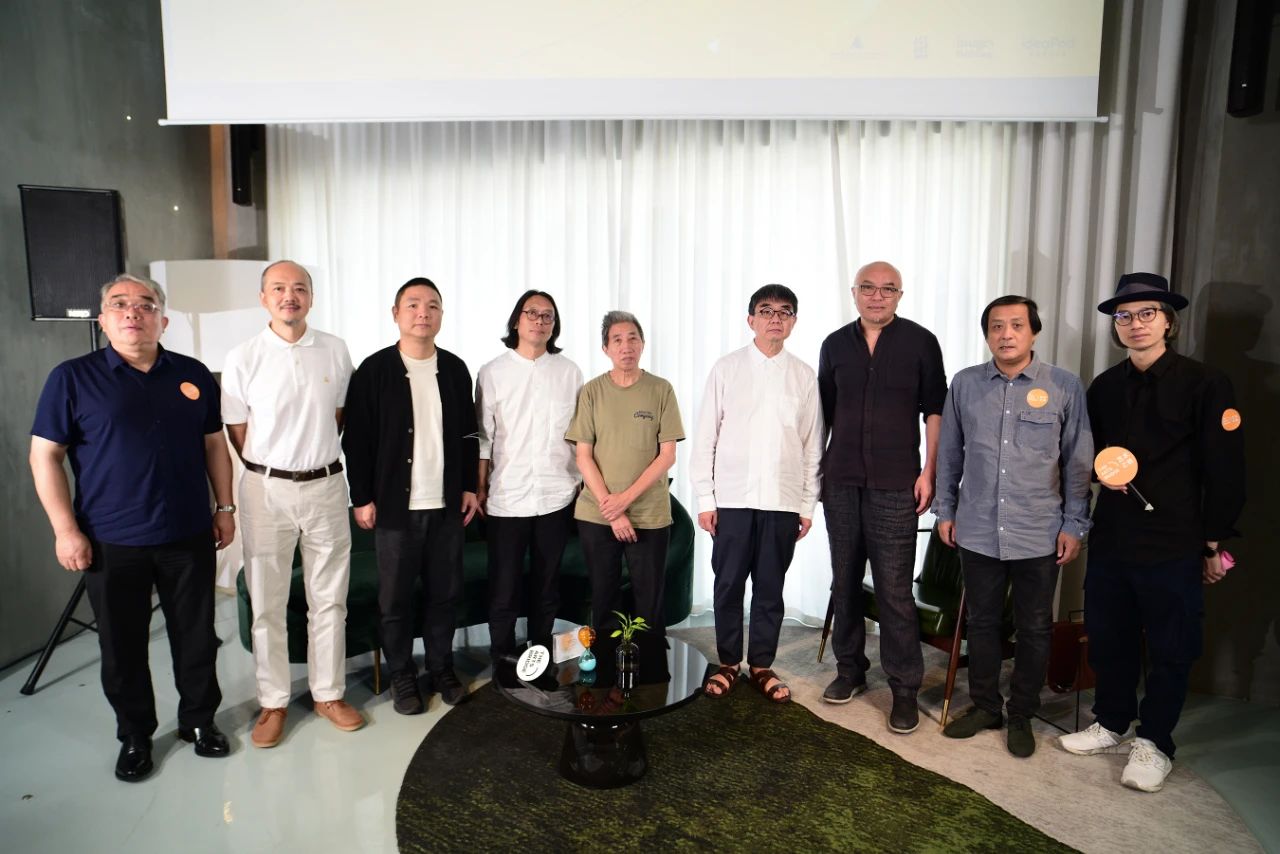
This successful event marks four years of remarkable development for the Arts Bridge project and the beginning of a new stage in its journey.

On the eve of the Shanghai Book Fair, distinguished guests and media gathered together for this special event which was opened by vice president of Guangxi Normal University Press Group Mr Liu Guanghan. In his speech, he said: “The Arts Bridge aims to bring art, design, architecture and other such practices together into a multifaceted publishing brand for the promotion and communication of the arts. It hopes to overcome existing barriers in art and design industries, to eliminate the gap between professionals and audiences and to promote the exchange of contemporary art and design, as well as bring together talent from across the world so as to share and spread art and design widely. Through the international language of the Arts Bridge, we are able to engage in dialogue, and to meet and grow together.”
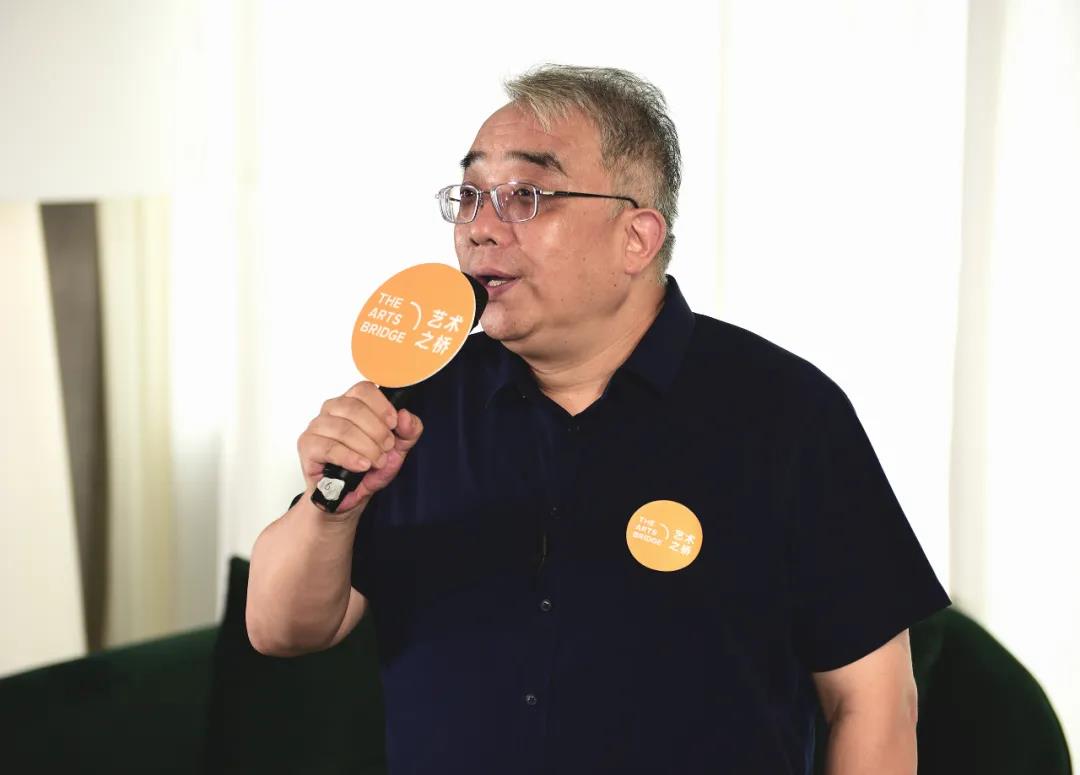
ACC Art Books Publishing CEO James Smith announced the winners of The Arts Bridge 2021 Annual Series at the event via video call.
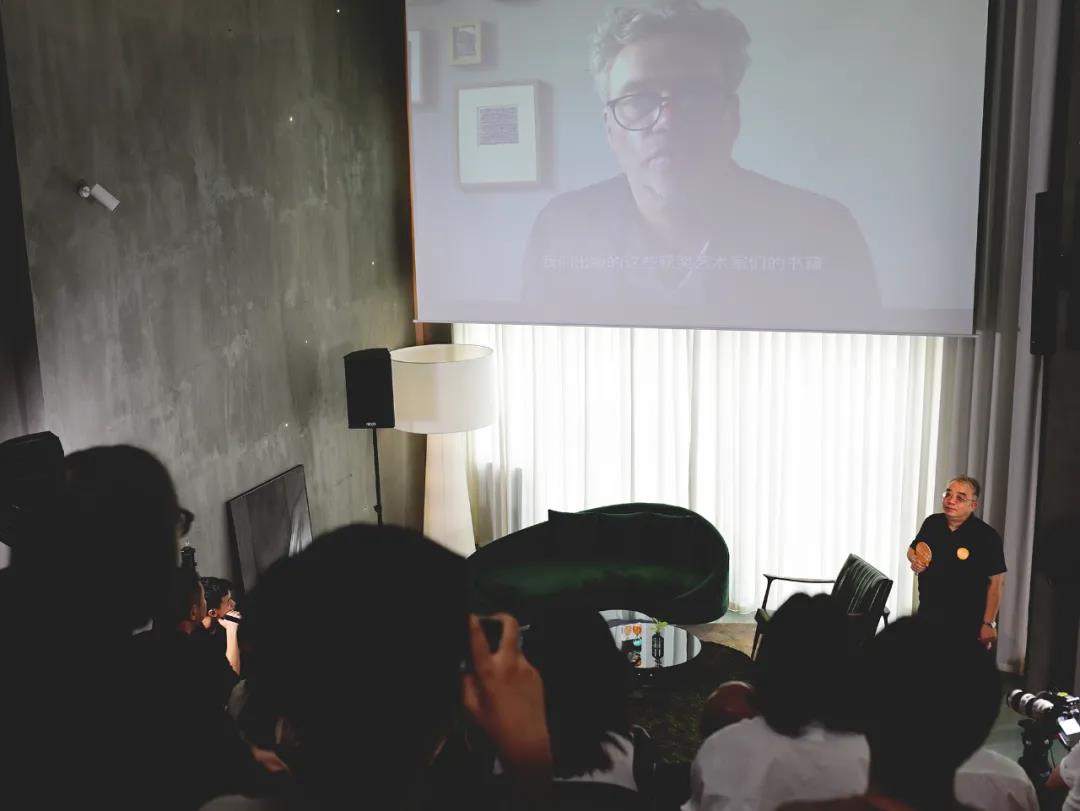
Welcomed to the Arts Bridge in 2021 are: Artist of the Year – contemporary artist Leng Bingchuan; Designer of the Year – renowned architect and architecture theorist Patrik Schumacher; Honour of the Year – celebrated author Jin Yucheng; Manufacturer of the Year – Tsinghua University Architecture Department professor Xu Weiguo and DADA Digital Architecture; and Folk Artist of the Year –bamboo weaving artist Tanabe Chikuunsai IV.
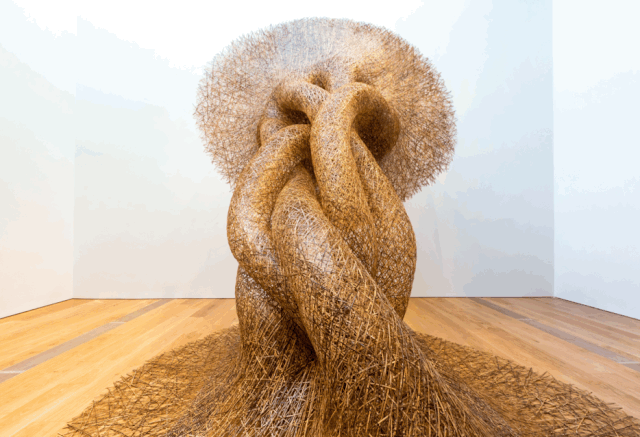
The Annual Series is one of the driving forces of The Arts Bridge. With a basis in publishing, influential and representative artists, designers, manufacturers and artistic phenomena across the globe are selected each year and awarded titles including Artist of the Year, Designer of the Year, Honour of the Year, Manufacturer of the Year, Folk Artist of the Year, Collector of the Year, Newcomer of the Year and so on. Each year, annual events provide a platform for international exhibition such as the Shanghai Book Fair, Beijing International Book Fair (BIBF), London Book Fair, Frankfurt Book Fair and Shanghai Art Fair. The Arts Bridge also engages in cross-border communication and exchange through other mediums such as conferences and forums.
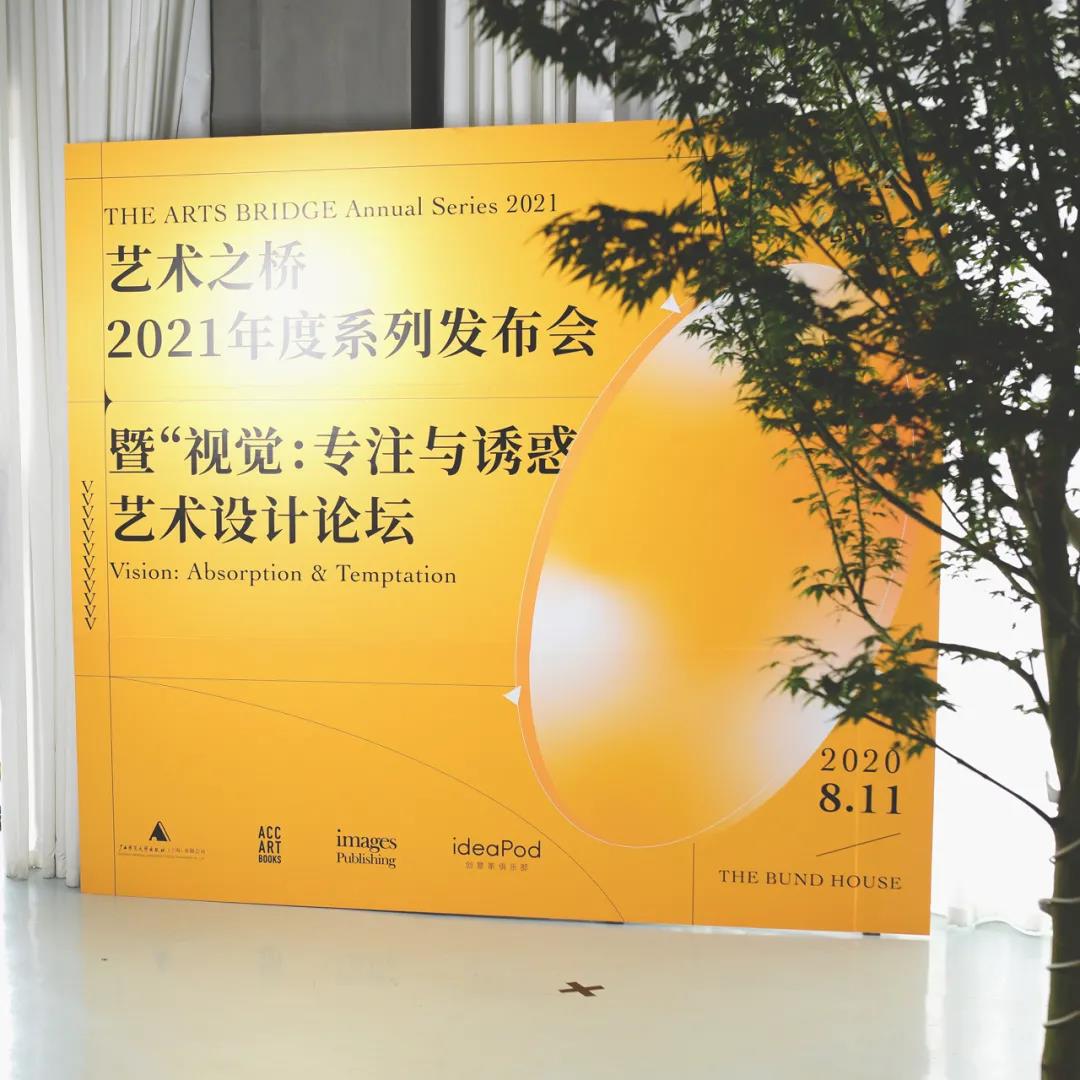
The Arts Bridge continues to expand its field of influence as more and more leading artists become involved and the scope of the project widens, for example this year with the addition of a new title to the Annual Series of Folk Artist of the Year.
As well as lectures from guest speakers, the floor was opened up for dialogue, encouraging the exchange of ideas and opinions which proved a highlight of the conference.
Artist of the Year – Leng Bingchuan
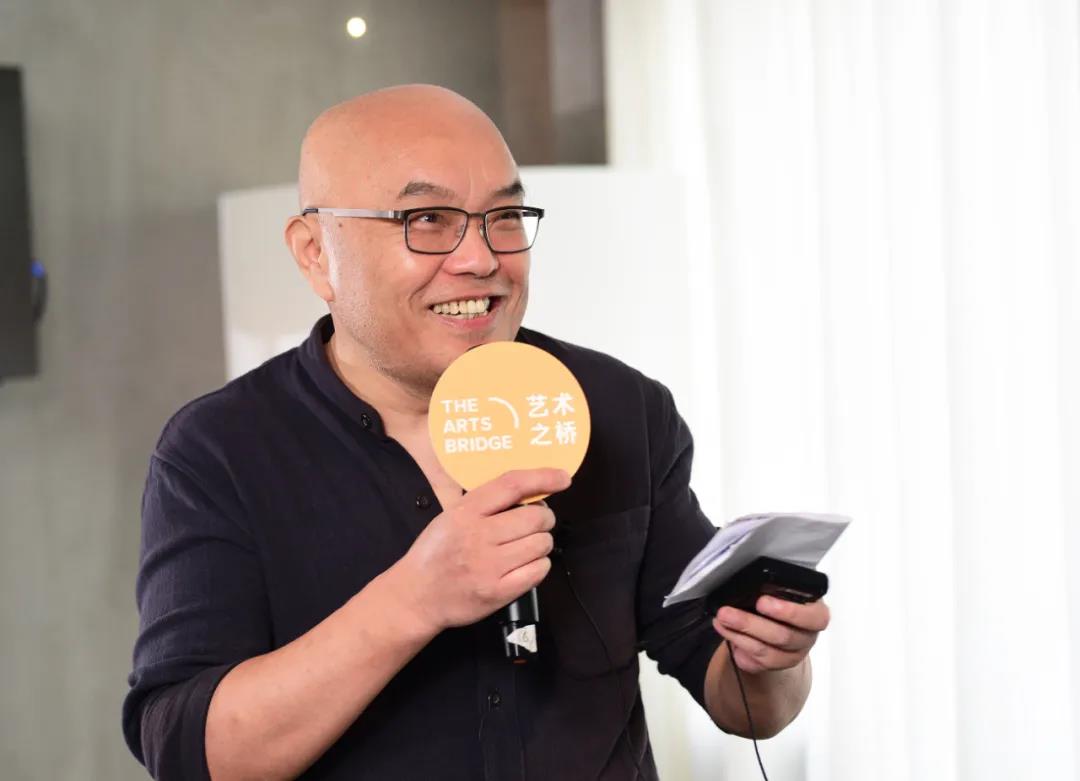
As an artist who doesn’t exhibit or publicise much, I prefer the pure state of creativity and life. To me, an ideal day consists of spending the morning creating, thinking non-stop and imagining. I eat when I’m hungry then rest before an afternoon of physically taxing creativity. I’m not good at expressing myself except through my work and I deliberately avoid social contact, so for me that’s the most enjoyable kind of day.
At the same time, I’m also a perfectionist, but it’s not every day I can express myself very effectively. I often do aerobic exercise and use exercise to compensate for that feeling. If I’m not careful I will quickly become a big guy, which is quite different from the stereotype of an artist.
Manufacturer of the Year – Xu Weiguo and DADA Digital Architecture
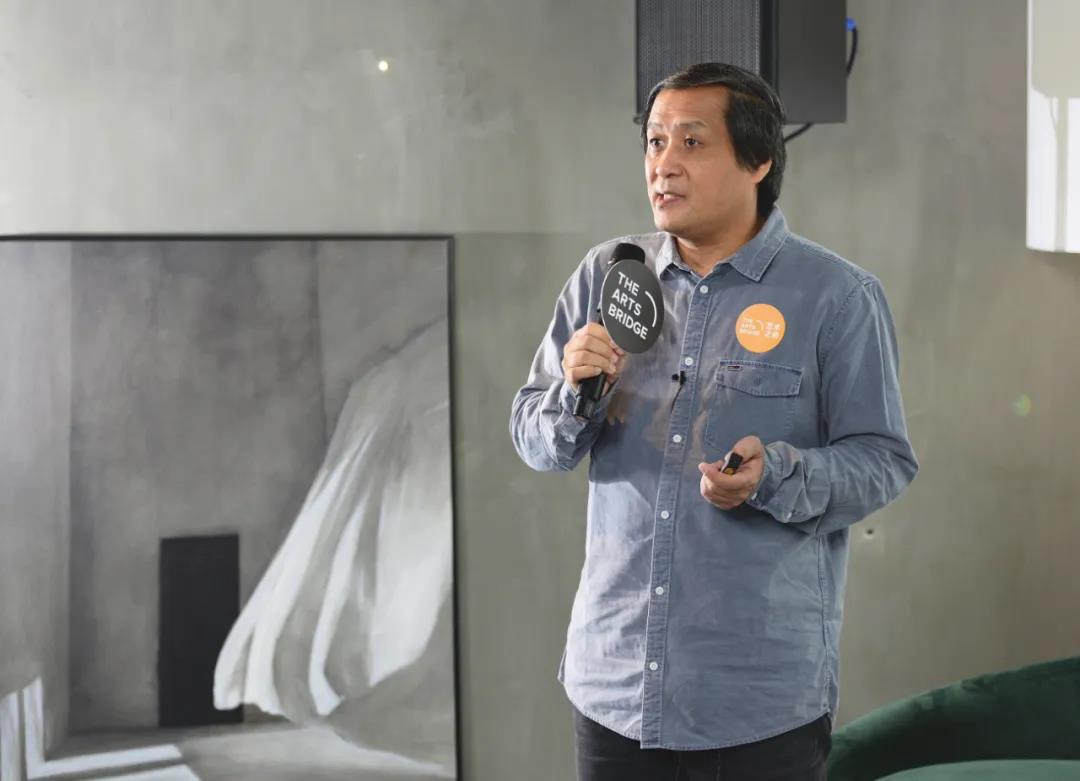
Our research, development and creative process are based on a new method of “manufacturing”, which is designed by calculations and built using digital technology, meaning creation relies on new technology and breakthroughs in program software. Digital architecture and intelligent construction relate to several different fields in architecture for example parametric design, computational design, nonlinear architecture, nonstandard building and so on.
DADA Digital Architecture Design Association was established by a group of 23 people, each of whom specialises in using digital technology and software in their creative processes. The association aims to bring together domestic architects, scholars, relevant enterprises and institutions as well as academic groups engaged in digital architecture to, on the one hand, connect with one another and, on the other, promote domestic achievements globally and share new research and ideas with other countries to encourage dialogue.
Honour of the Year – Jin Yucheng
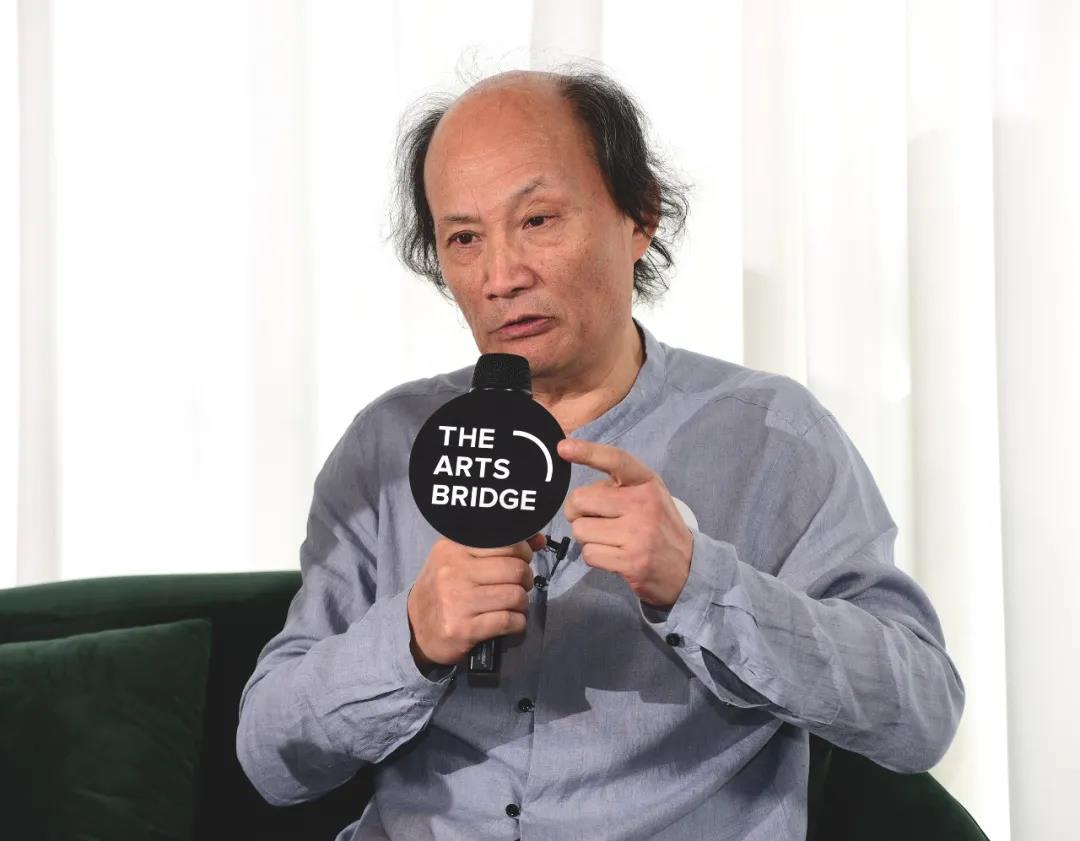
I’ve never had a systematic training in fine arts or any arts education so from my own amateur perspective it’s difficult to know exactly what I like and where I stand on the path of art. I’ve never had the desire to create a new identity beyond my career as a writer, but I think there are some things that are better expressed through images rather than words.
As for my painting, I’d like to be described as an observer and recorder of life who happens to use painting as the medium, so my works are entirely different from those of the ‘orthodox’ painter. In this context, images are certainly more interesting and emotive than words.”
Zhang Songren

Upon seeing the theme “absorption and temptation” I couldn’t help but think of the important French thinker and activist, Stiegler who’s interdisciplinary research examines the philosophy of science and technology. Set against today’s philosophy of new intelligent science and technology, his ideas fit into themes such as “absorption and concentration” and “sublimation of desire”.
In the mid-1990s, email and the Internet gradually became a common tool for communication. The Internet at first was a temptation to youngsters in their free time, then later it became the daily habit of everyone. Nowadays we spend several hours on online media. We cannot escape from this world and even less from this novel world of new media, big data and intelligence.
Stiegler presented us with a basic question: the relationship between people and technology. He looked back to western thought history and took the Greek myth of stealing fire to demonstrate a western attitude towards technology, that is that humans are unfinished products and only by developing additional technology can the potential of humans be fully realised. Technology refers to language, tools, science. Today, science and technology has become an inevitable means for mankind to evolve.
Yung Ho Chang
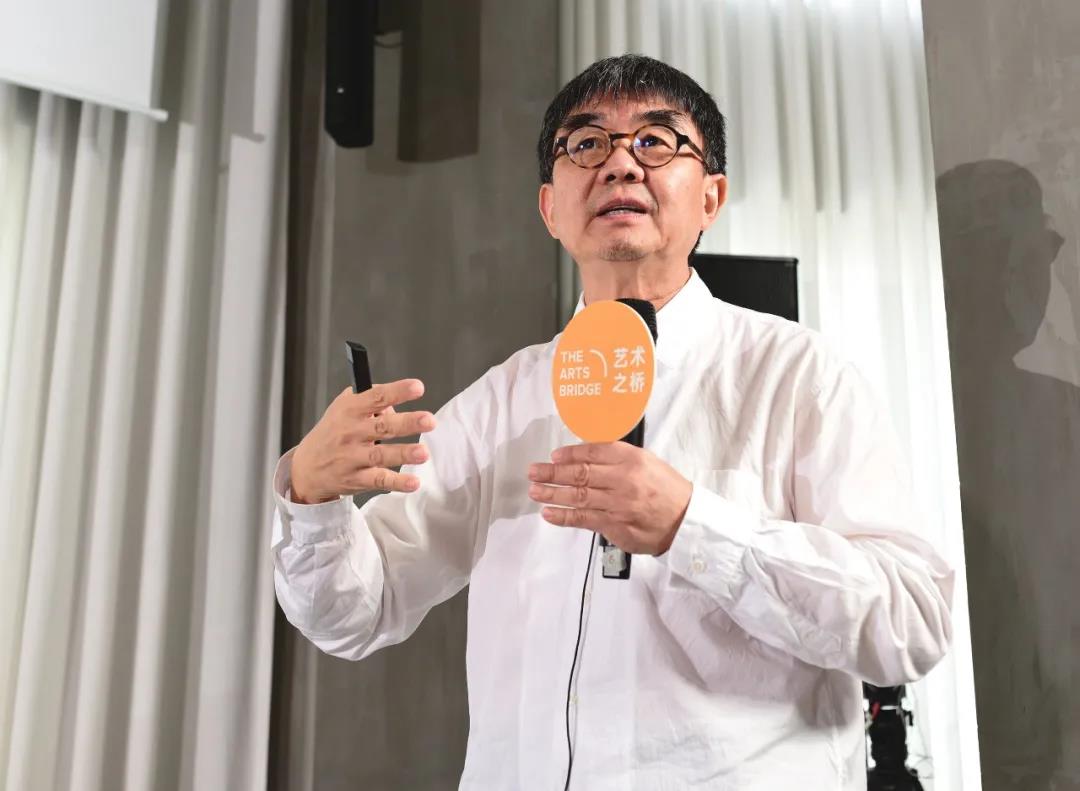
Architecture is about materials, structure, construction methods, spaces. These words are not unfamiliar to us, but their order reflects the architect’s understanding of architecture. The most important one, space, can be designed, but can time be designed? This presents the basic point, that time also determines space. The abundance and complexity of design are one of the charms of architecture, for example when exaggerating or weakening perspective in physical implementation, one could forget about time and space. By doing so, “forgetting” becomes an element of the architecture design, and the immeasurability of time and space gains a new experience.
In the same way, materials are put together not only as aesthetic objects, but also as a space-time experience. Therefore, architects not only design experiences, they also contribute to innovations in lifestyle.
Liang Shaoji
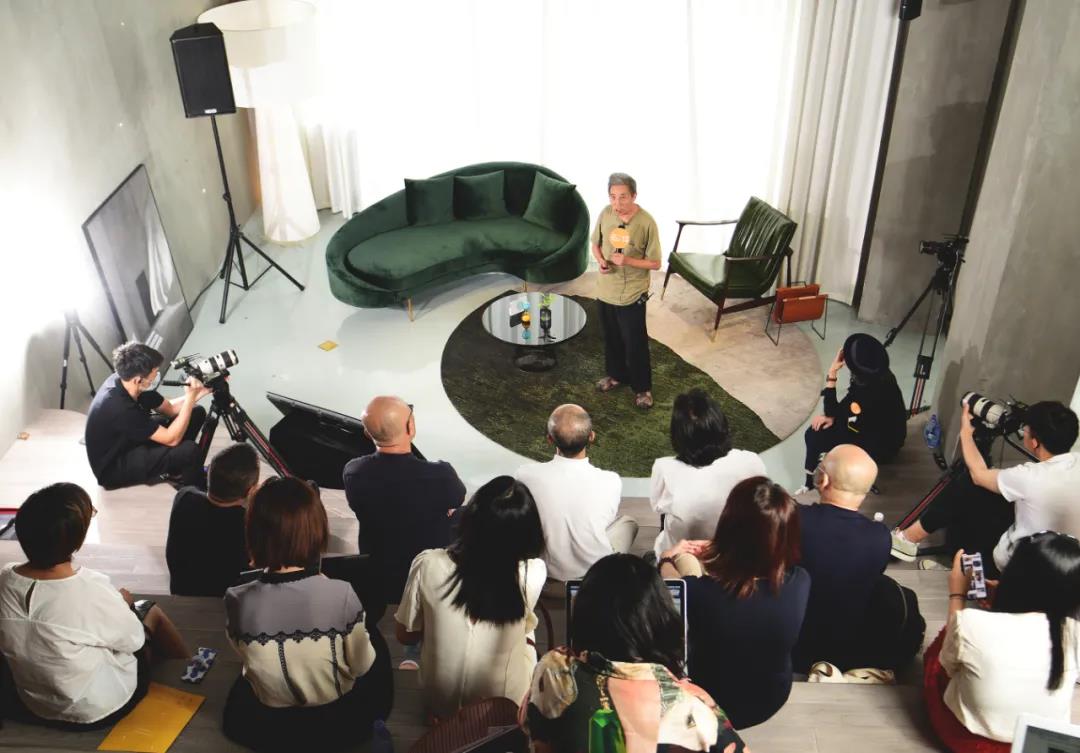
Once you open your mind, your knowledge will expand continuously. After I had crossed the barriers of performance art and rejected the temptation of the rich surface of material, I came back to my starting point: fabric. I discovered its place within art and science, biology and biological sociology, as well as its critical position in sculpture, installation and performance art.
Through more philosophical thinking and introspection, I was able to perceive material, to touch it and meditate on art, then at the right moment I walked beyond myself and embraced nature. I firmly believe that all objects will eventually turn into the Tao.
I make art that is truly living. Waiting is a part of the process and classifying the type of art is meaningless. I want to make living art, to keep questioning and experiencing life, and explore the shared path of nature and mankind.
Folk Artist of the Year – Tanabe Chikuunsai IV
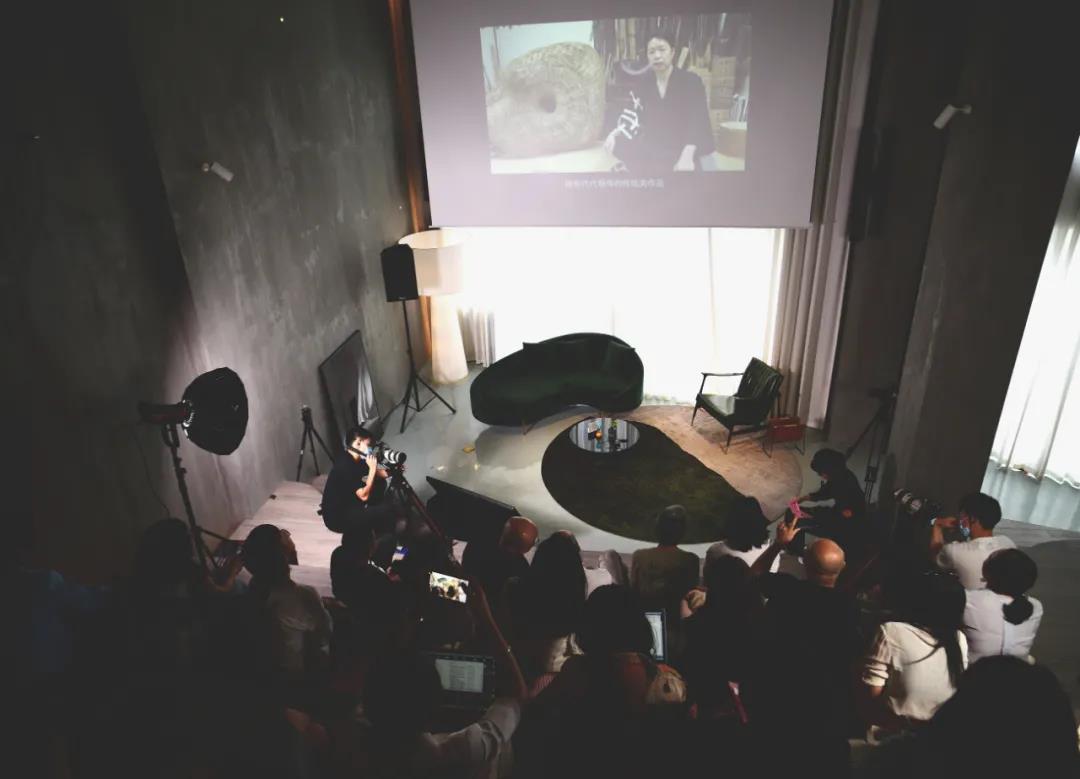
What you inherit is not unchangeable, you just need to be innovative. I was raised in an environment surrounded by bamboo, bamboo has become a part of me, we are joined together.
The skills and spirit of traditional Japanese bamboo weaving craft have been passed down through my family since my great grandfather 120 years ago.
I believe my own ancestry and the ancestry of my materials are equally important. There is a mysterious energy in bamboo and, although I have a passion for innovation and an experimental spirit, traditional bamboo craft still reigns supreme. I believe we mustn’t let go of traditions passed on from our forefathers, and so by using bamboo only that way it is meaningful to me.
Zhu Yingchun
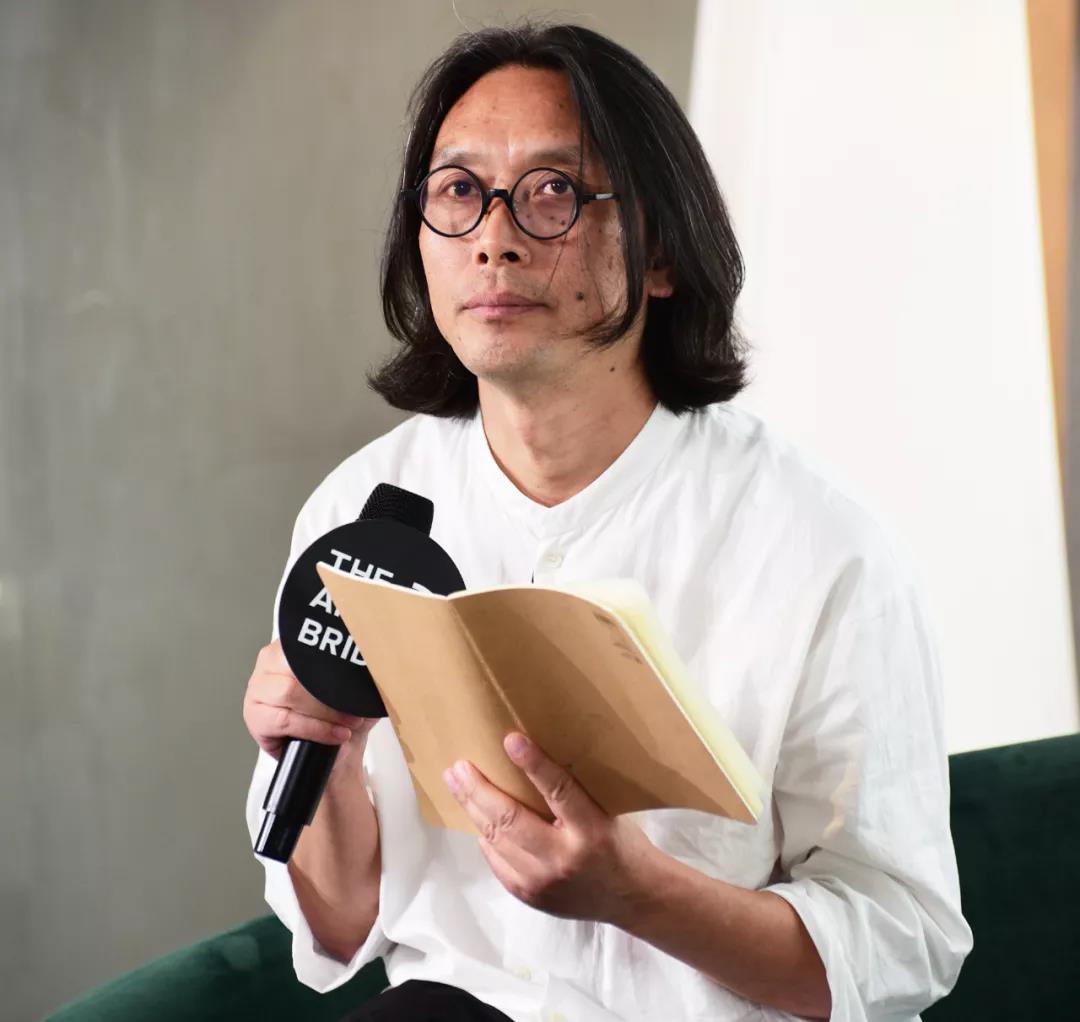
At first I thought insects that are not harmful, that don’t attack and that aren’t so grotesque looking were the beautiful ones; they’re the ones worth praising through poetry, like butterflies and snails. But after ten years of exploring and experiencing, I stopped judging insects by their appearance. Even though everyone likes the pretty and the unaggressive, in fact you discover that every insect is an important link in the ecological chain.
Whether it’s a “beautiful butterfly” or a “hardworking bee”, these are concepts that we as humans attach to them. We think of flies as dirty, but they are just as important as butterflies. I can’t say which is my favourite insect, all of them are insects, they all deserve our attention and respect.
Bai Ming
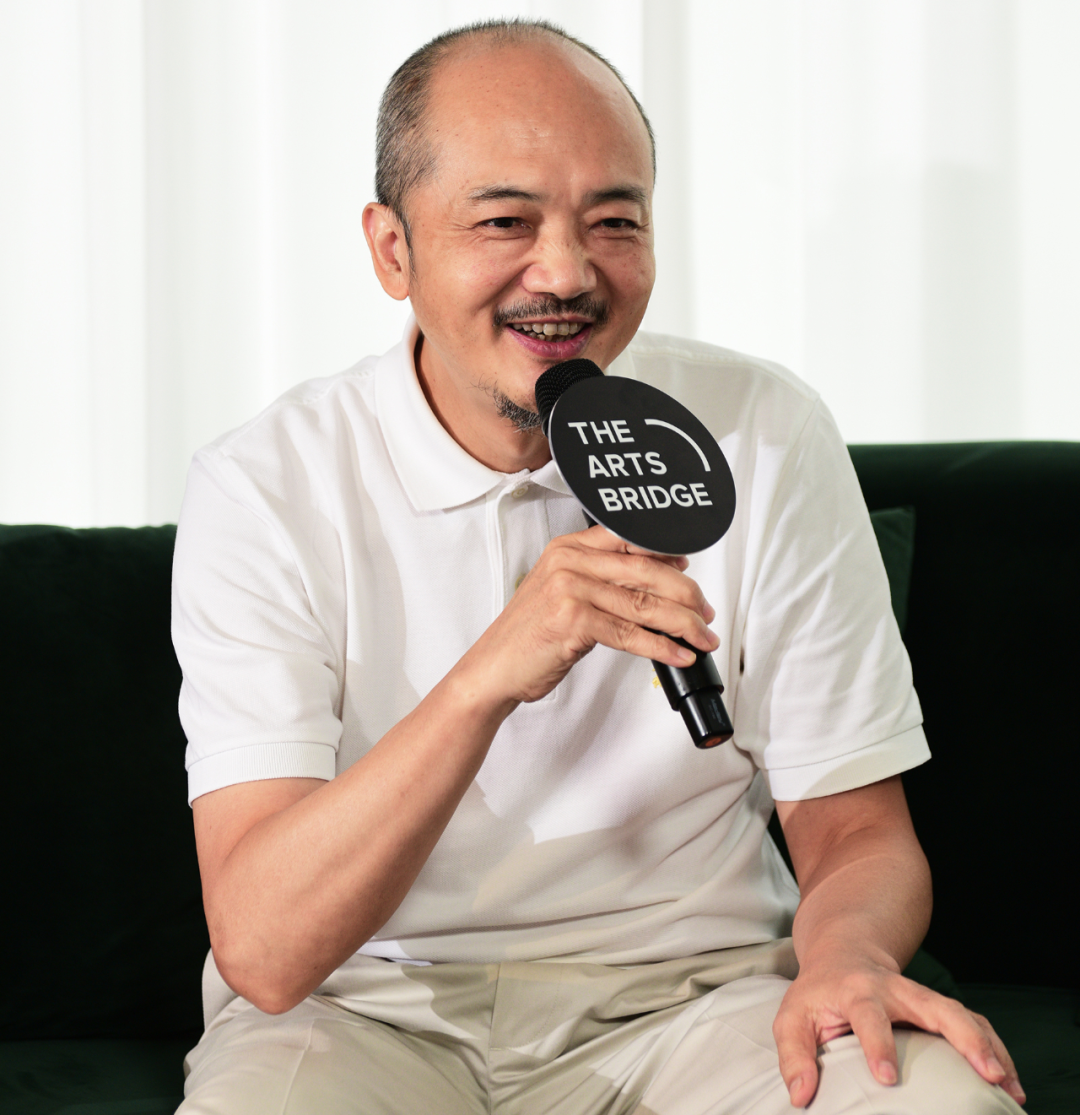
The Arts Bridge is fascinating. Until today, China has had no shortage of international exchange and exchange is inseparable from the idea of bridges. For China to come this far there have been all kinds of evaluations, choices and exchanges, and all of these have elements of bridges within them.
The Arts Bridge is unique. It may not be big but it is full of sentiment. The spaces it crosses are not simply physical, but nor are they completely virtual. Of all the bridges connecting art between China and the west, this bridge is the most special. Not only does it encompass a variety of disciplines and function on different levels within art, but also its cultural concerns are focused on Chinese and eastern aesthetics.
Each person has created their own artistic style and has considerable experience through their understanding of life and materials. In this regard, the focus of The Arts Bridge is diverse and unparalleled, making it an extremely meaningful bridge. You can sense the importance and diversity of this bridge from today’s event alone. Everyone at this one-day event has their own authoritative voice and valued opinion within their respective fields.
Yang Mingjie
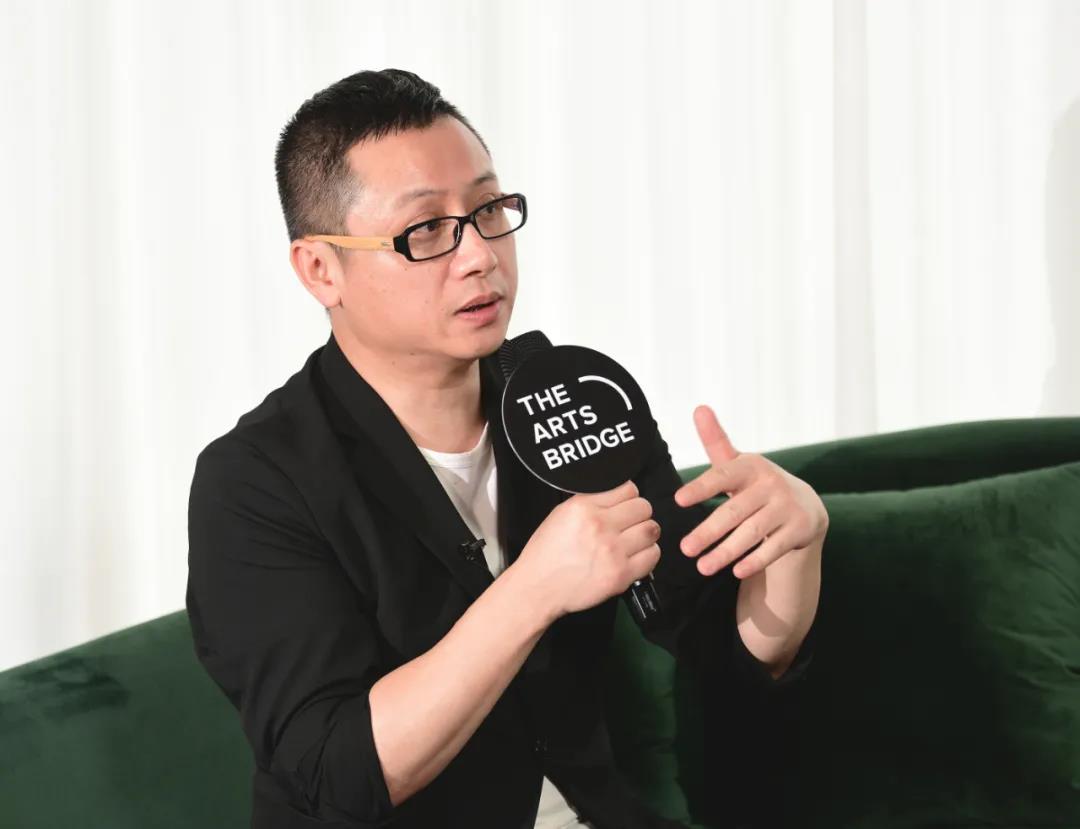
The digital age has an important characteristic: it is constantly digitizing the real and physical world and transforming it into a digital and virtual one. The continuous interaction between the digital world and the real world increases the efficiency of our life and work. For example, when we use GPS to drive, the lay of the land has been digitised so we can quickly find this road or that one.
But not everything can be digitised. Our emotions can’t be digitised; our hearing and sight can be digitised easily, but our sense of touch, or taste and smell are difficult to digitise. The world is full of things that cannot be digitised narrowly.
Wei Shaonong
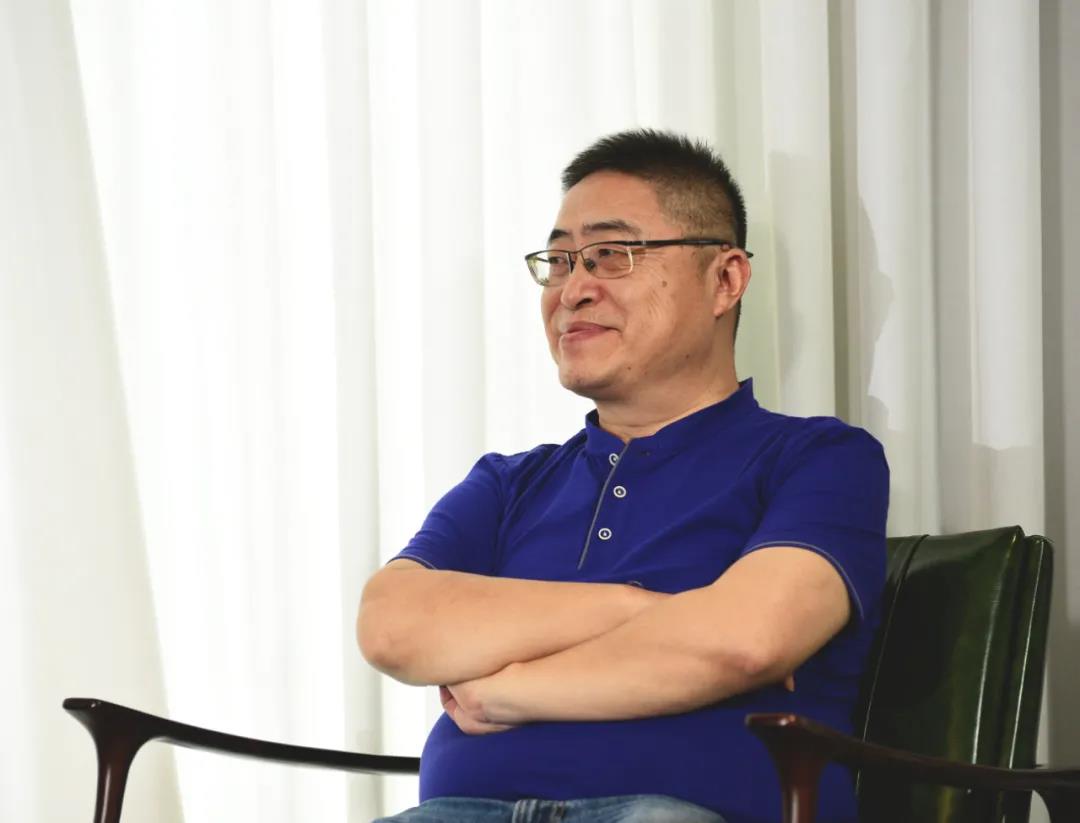
If we return to the principal questions: What problems can the essence of design solve? Why do we need designers? I think the essence of design is to design life, design our own life. Looking at it this way, the essence of design is to serve life.
When I think about design myself, it’s not just a matter of space, although that’s a very important element, but it also relates to temporality. If we think of design as a question of space then it may be biased. If we consider time, the development of human society can be separated into three periods. The first we can call the naturalistic period and China is a classic example, except unfortunately today we have strayed too far from nature. This period was about solving the relationship between nature and mankind. All the best things in Chinese culture are inspired by nature. Guqin, chess, writing and painting, birds, flowers, insects and grass – they are the crème de la crème of Chinese culture. The second period is the age of humanity, which was concerned with understanding the ways in which humans interact with one another and was, at its core, defined by the Renaissance in Europe. Today, however, the problem we face is not one regarding people and nature, nor people and people, but people and machines. That’s not to say the age of humanity simply discarded nature and the age of machines threw away everything before it, instead it’s about finding the possibility of dialogue between them in time. It’s not just about the possibility of dialogue in space, but also dialogue in time. When you can’t see clearly what the future will be like, you can reflect on how things came to be from before. This is one of the biggest differences we have with the West.
Li Xiangning
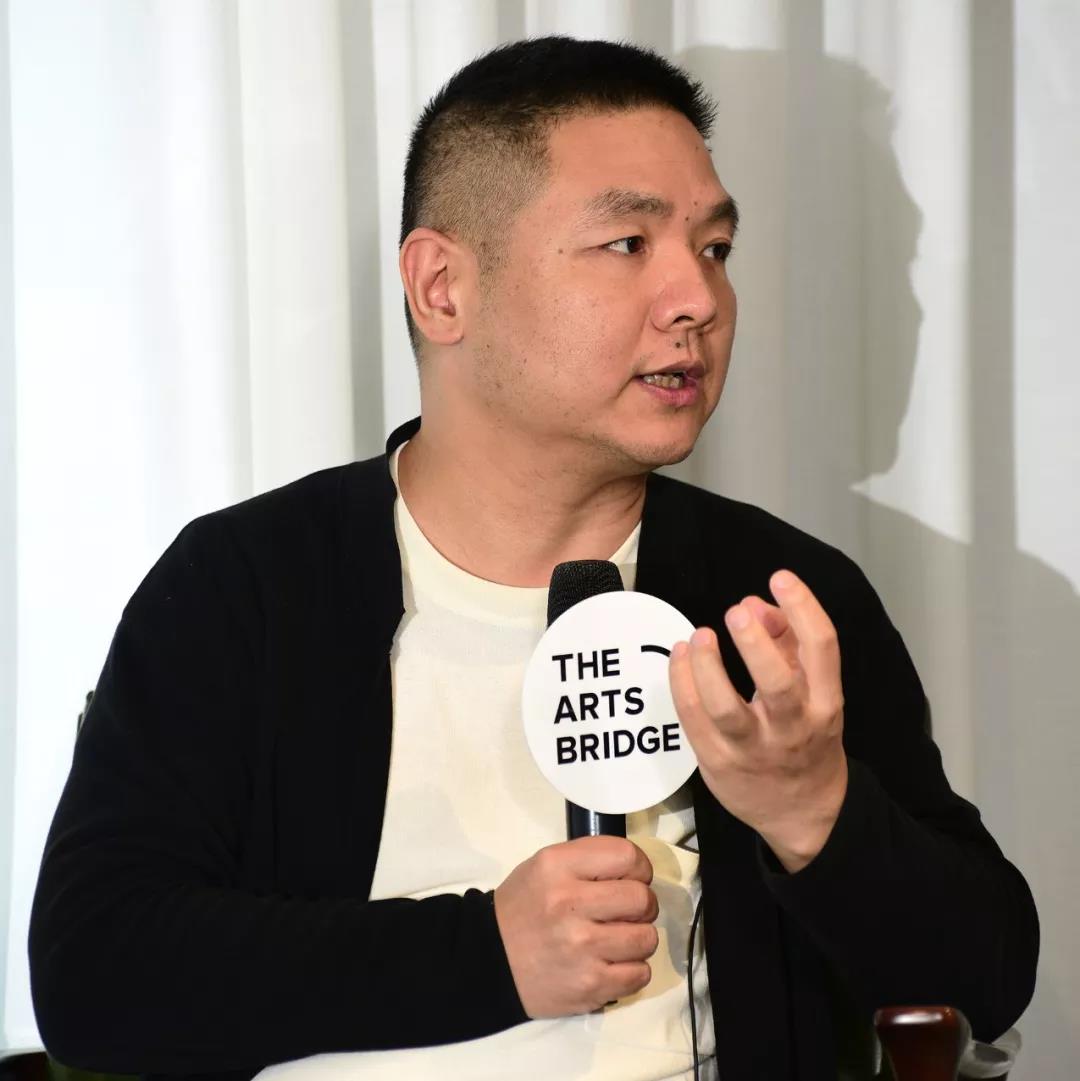
The relationship between architecture and art can be considered from two perspectives. Architecture is a form of art and everyone is familiar with the three traditional categories of visual art: architecture, painting and sculpture. Painting and sculpture traditionally were in service to architecture, with paintings used for the walls and sculpture as decoration. Of the three types of visual art, architecture ranked number one.
But with the development of modern science and technology and its combination with engineering, art and architecture have become separated, especially since entering the modern age since Corbusier and Mies, so engineering technology plays an increasingly important role in architecture.
Designer of the Year – Patrik Schumacher
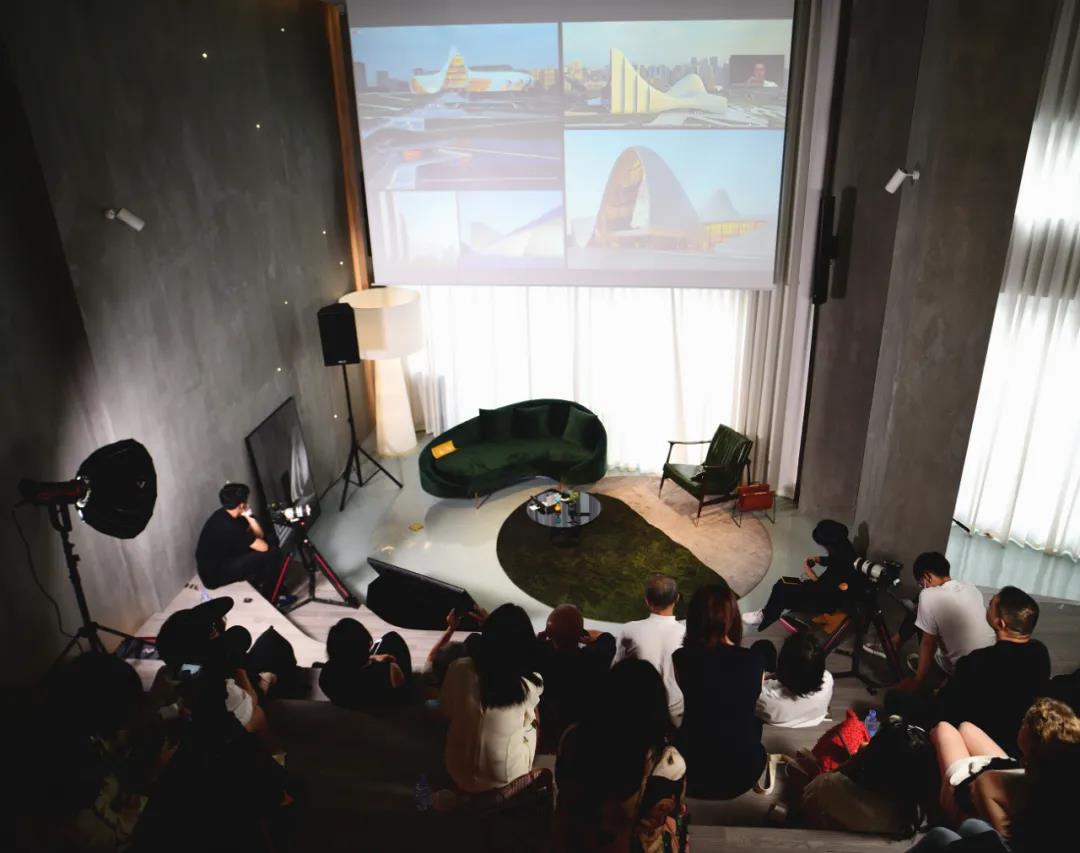
Zaha never wanted to define herself as an artist. She wanted to be an architect, so her real ambition was to change the existing world, and how she did that was through different architecture and design and giving things a practical function.
We have all sorts of ideas about innovation, but there are two parts to it: one is novelty and the other is whether or not there is a use to that novelty, whether or not it can create a new practical aim or scope. The more useful, the more that determines whether or not that innovation has a practical function.
This practicality is hard to get from artists, but architects like Zaha combine art and architecture very well. But when we enter the field of art as architects, we find that many architects can't understand us, because they understand architecture from a different perspective, but we know, we understand that as we constantly produce and create ideas, this process of production is the same as in art, it’s often ignited by an accidental piece of inspiration.
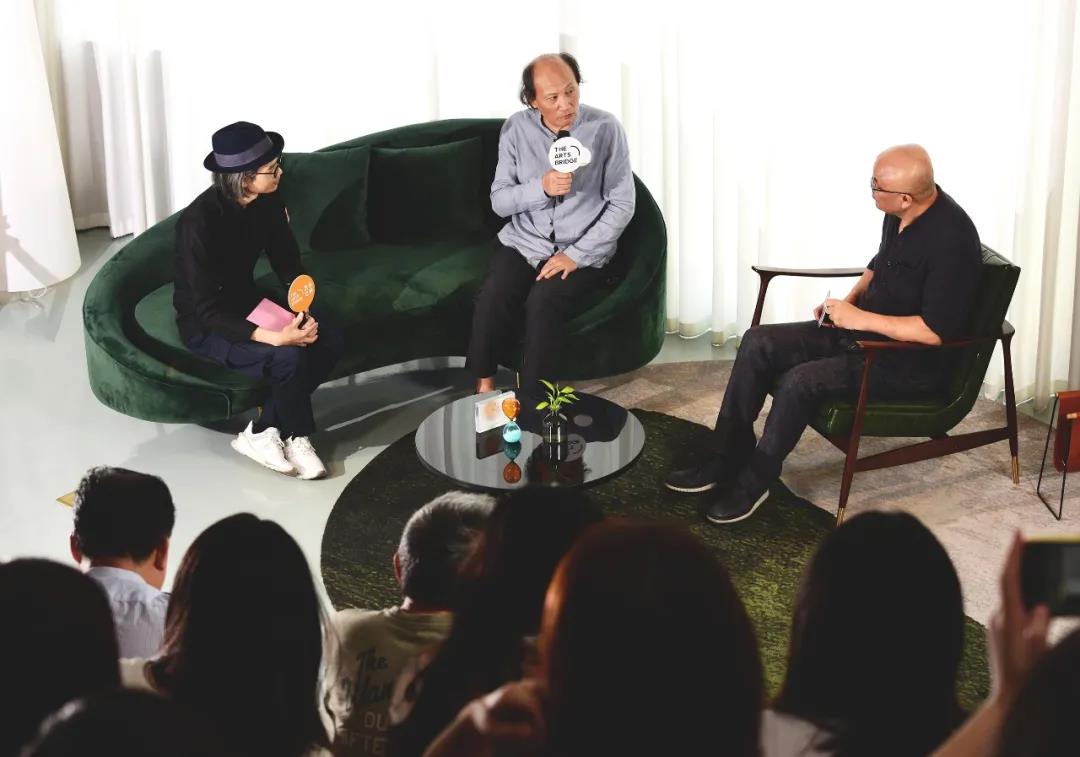
In 2020, the Arts Bridge will set up an offline space with the same name located in Wisdom Bay Park, Shanghai, providing artists and designers with opportunities for curating, art sales, domestic and international publishing and lectures.
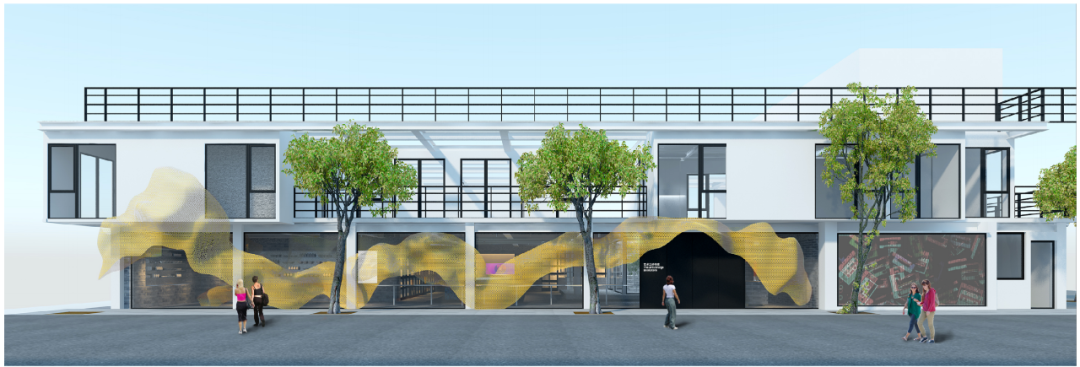
The Arts Bridge has also been added to the list of key enterprises and projects for China’s cultural export in 2019-2020. Through a continuing effort to promote international cultural exchange, the Arts Bridge has successfully brought a group of exceptional Chinese artists and designers to international attention, including Xu Bing, Yung Ho Chang, Bai Ming, Zhu Yingchun and Yang Mingjie among others. Their artworks, books, views and charming personalities, as well as the stories they tell about China through the language of art, present an honest, realistic and comprehensive representation of China to the world.
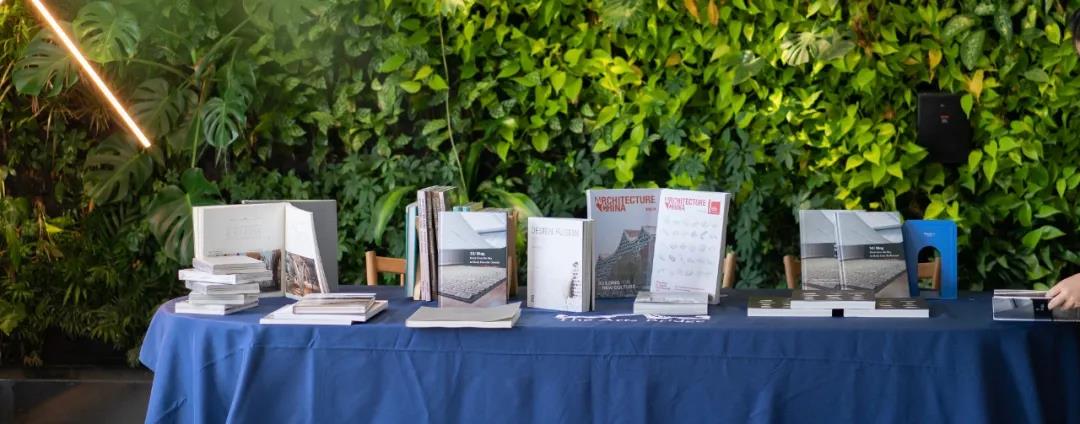
Looking forward, every August will mark a new stage and point of departure for the Arts Bridge, making the Arts Bridge evermore ambitious project of the future.